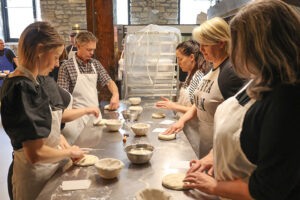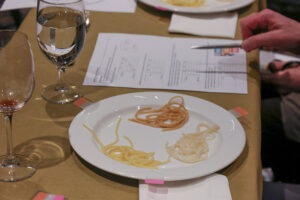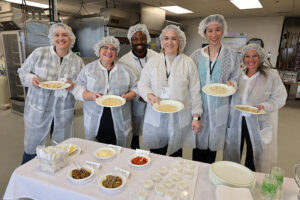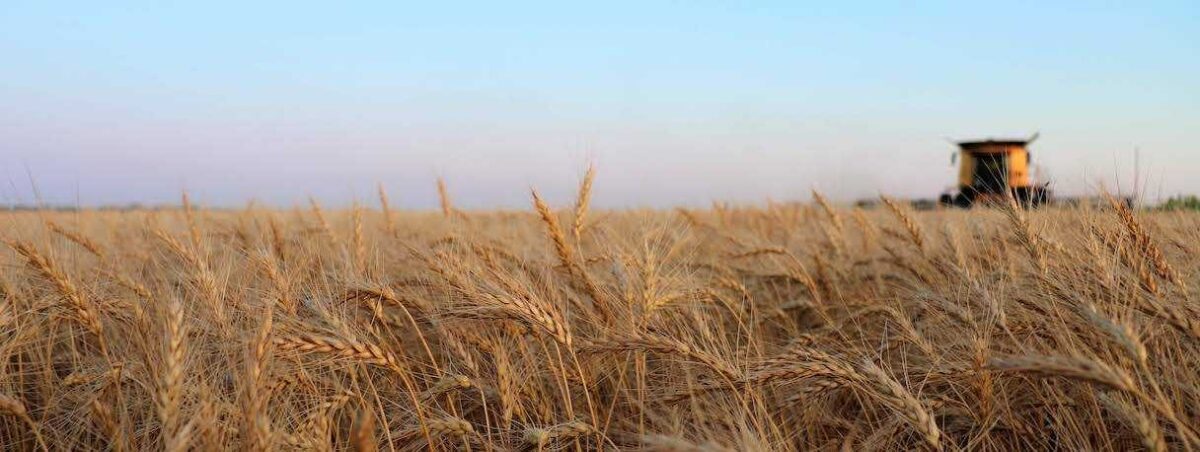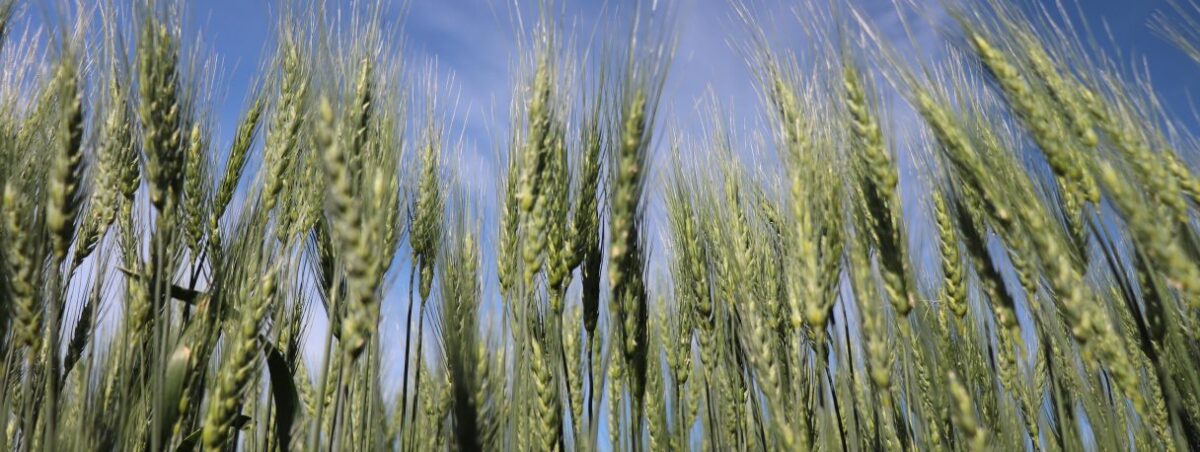From Prairie to pint: Canada-China Barley Seminar strengthens trade relationship
As member of the Canadian Malting Barley Technical Centre (CMBTC), Manitoba Crop Alliance (MCA) participated in the 2024 Canada-China Barley Seminar in Qingdao, China, from June 19-20. This CMBTC-hosted seminar aimed to strengthen relationships with a key market for Canadian barley by connecting the Canadian barley value chain with Chinese maltsters and brewers.
“The seminar provided a unique platform for the Canadian barley value chain to engage directly with Chinese maltsters and brewers to cover critical aspects of Canadian barley supply and quality, production practices and sustainability,” says CMBTC chair Jon White. “China is a key market for Canadian barley. This event was pivotal in showcasing our superior quality to our end users.”
Farmers, as well as representatives from Canada’s world class barley breeding programs and grain suppliers, represented the Canadian barley value chain at the seminar.
Meetings were held at Tsingtao Brewery and Hyaline Malting Co., with a concurrent conference. Tsingtao Brewery was founded in 1903 and is ranked in the top five global brewers. Hyaline Malting, a former naval air base turned into a malt processing plant, has supplied Tsingtao Brewery with malt since 2005.
MCA director and wheat and barley crop committee delegate Sheila Elder travelled to Qingdao to represent MCA. She joined two other farmers and a representative from Richardson on a panel discussing the sustainability of Canadian grain production.
Elder was asked about Manitoba’s “much wetter” climate compared to the other two Prairie provinces. “Although the last couple of years have not felt so wet, this year is a different story,” she says.
“This led me to talk about how yield is not our only objective when choosing a variety; we need a variety that has resistance to Fusarium and is not as prone to lodging as earlier varieties were. Fortunately, thanks to our world-class breeders, we have great options to choose from.”
On the theme of collaboration, Elder also highlighted some of the resources farmers have access to in Canada to help them make the best management decisions throughout the growing season. These include access to highly trained experts, such as crop pathologists, entomologists, weed specialists, crop specialists and agronomists, as well as commodity organizations like MCA who have agronomists on staff.
The importance of farmer participation in the seminar was evident. Farmers like Elder could address Chinese maltsters and brewers’ specific questions and concerns about barley production, fostering trust and strengthening the relationship between our two countries.
Sheila also talked about how much pride farmers take in growing the best crops possible, as well as the importance of collaboration within the industry.
At one meeting with brewers, glyphosate came up as a concern. White, who in addition to being chair of CMBTC is also a merchandiser with Viterra, addressed this by explaining how malt barley samples are probed and tested at many different stages, reinforcing how well malt barley is tested for glyphosate.
It was evident to Elder that having many parts of the barley value chain represented at the seminar was important for the Chinese maltsters and brewers. “It was quite clear they value building relationships through face-to-face meetings and would like to see those from the value chain more often.”
With China’s doors open to trade with Australia, the seminar arrived at an important moment. Canada’s barley is well known for its high quality, but that quality comes at a premium, partly due to longer shipping distances and related costs when compared with Australia, for example.
“In today’s competitive global market, seizing opportunities to foster trusted and mutually beneficial relationships at home and around the world is crucial” says CMBTC managing director Peter Watts.
“End users are keenly interested in the systems and standards that distinguish Canada’s barley supply, quality and performance. This seminar was tailored to address the evolving needs and interests of international end users, who seek products that will meet their current and future needs, as well as insights into the Canadian system.”
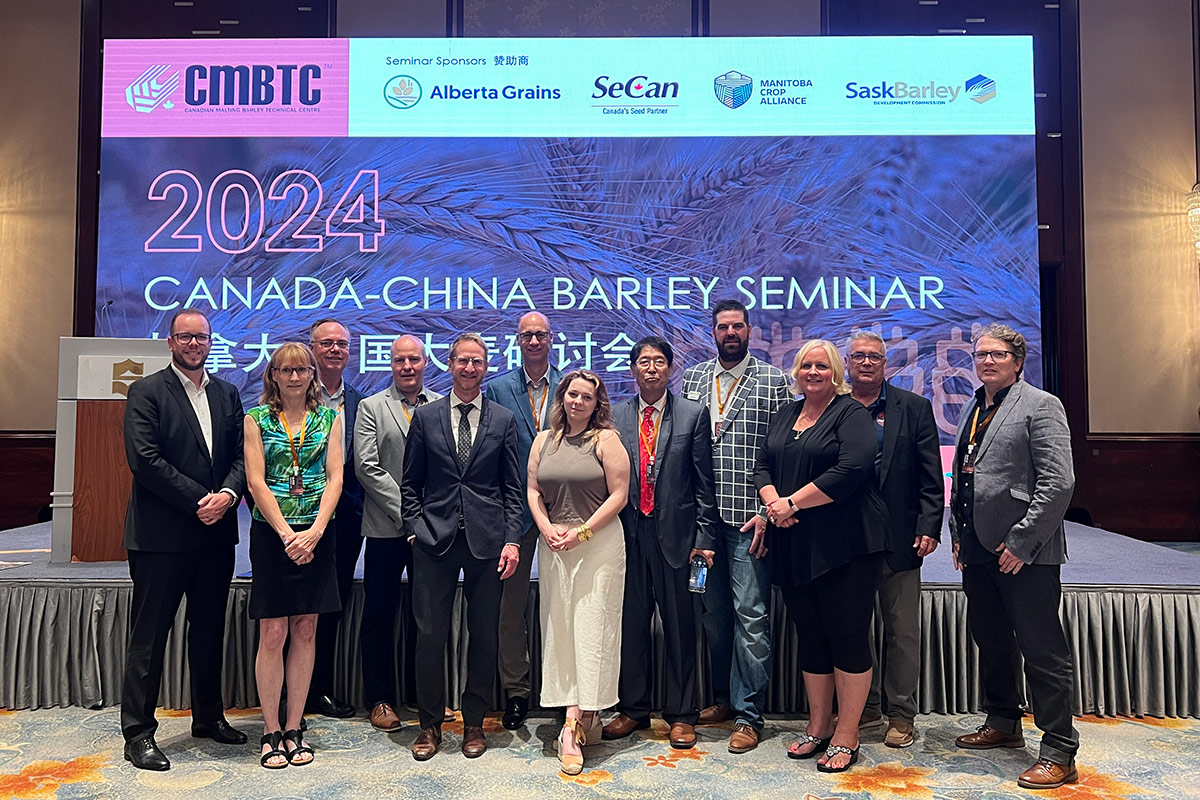




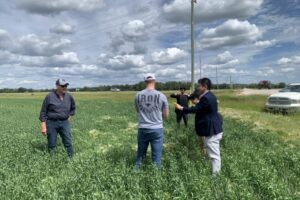
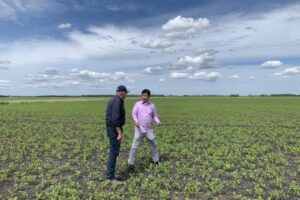
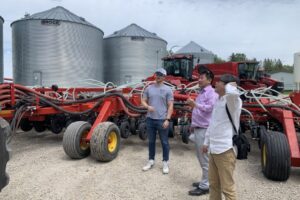
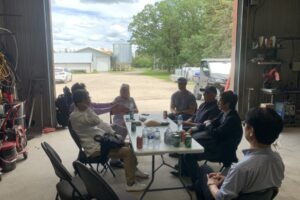
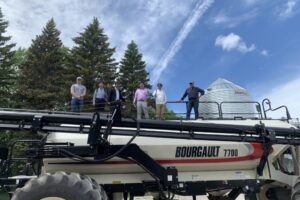
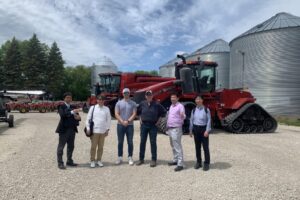




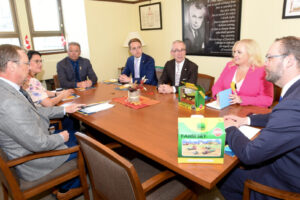


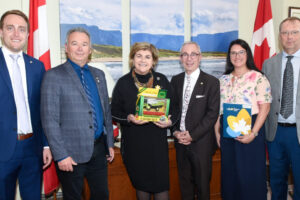
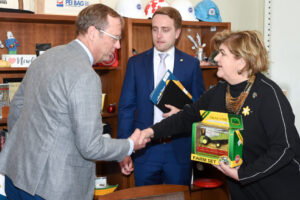





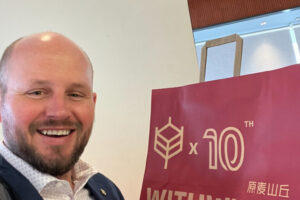


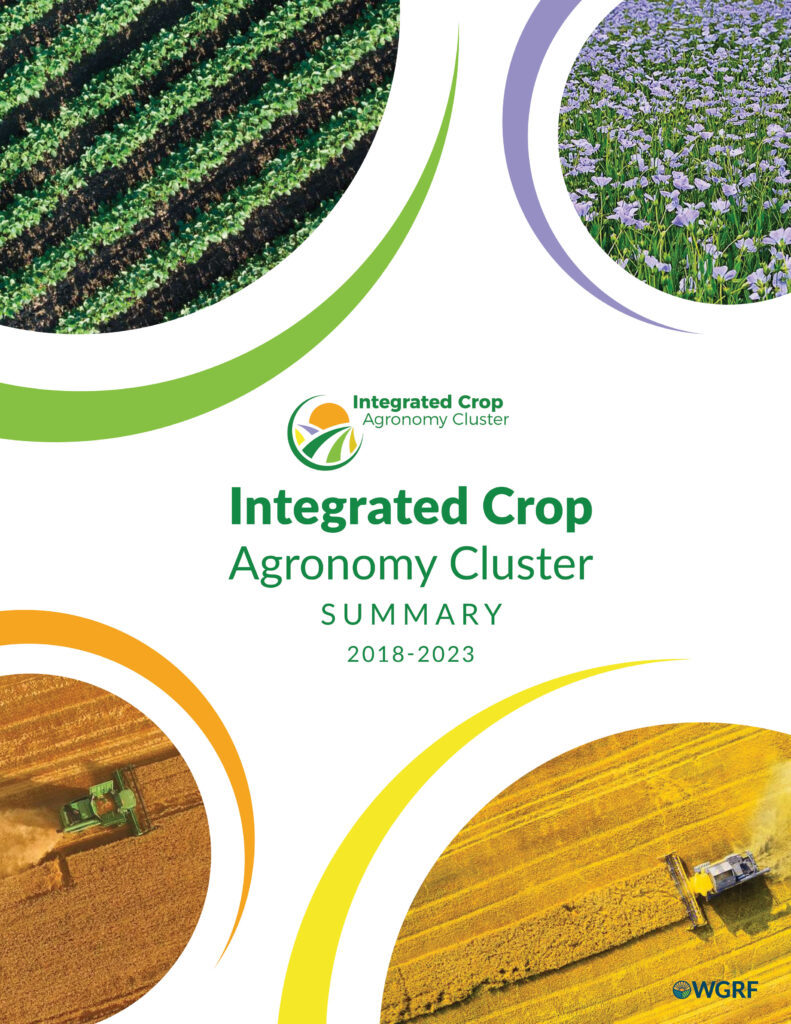 The Integrated Crop Agronomy Cluster (ICAC) was designed to put focus on a whole-farm approach, it addresses critical gaps in research for farm management as a whole and does not put focus on one crop type or approach. There are seven research activities within the cluster, MCA participates in all research activities as they all bring valuable information to Manitoba producers. Each activity and a brief description are listed below, for more information, view the
The Integrated Crop Agronomy Cluster (ICAC) was designed to put focus on a whole-farm approach, it addresses critical gaps in research for farm management as a whole and does not put focus on one crop type or approach. There are seven research activities within the cluster, MCA participates in all research activities as they all bring valuable information to Manitoba producers. Each activity and a brief description are listed below, for more information, view the 




